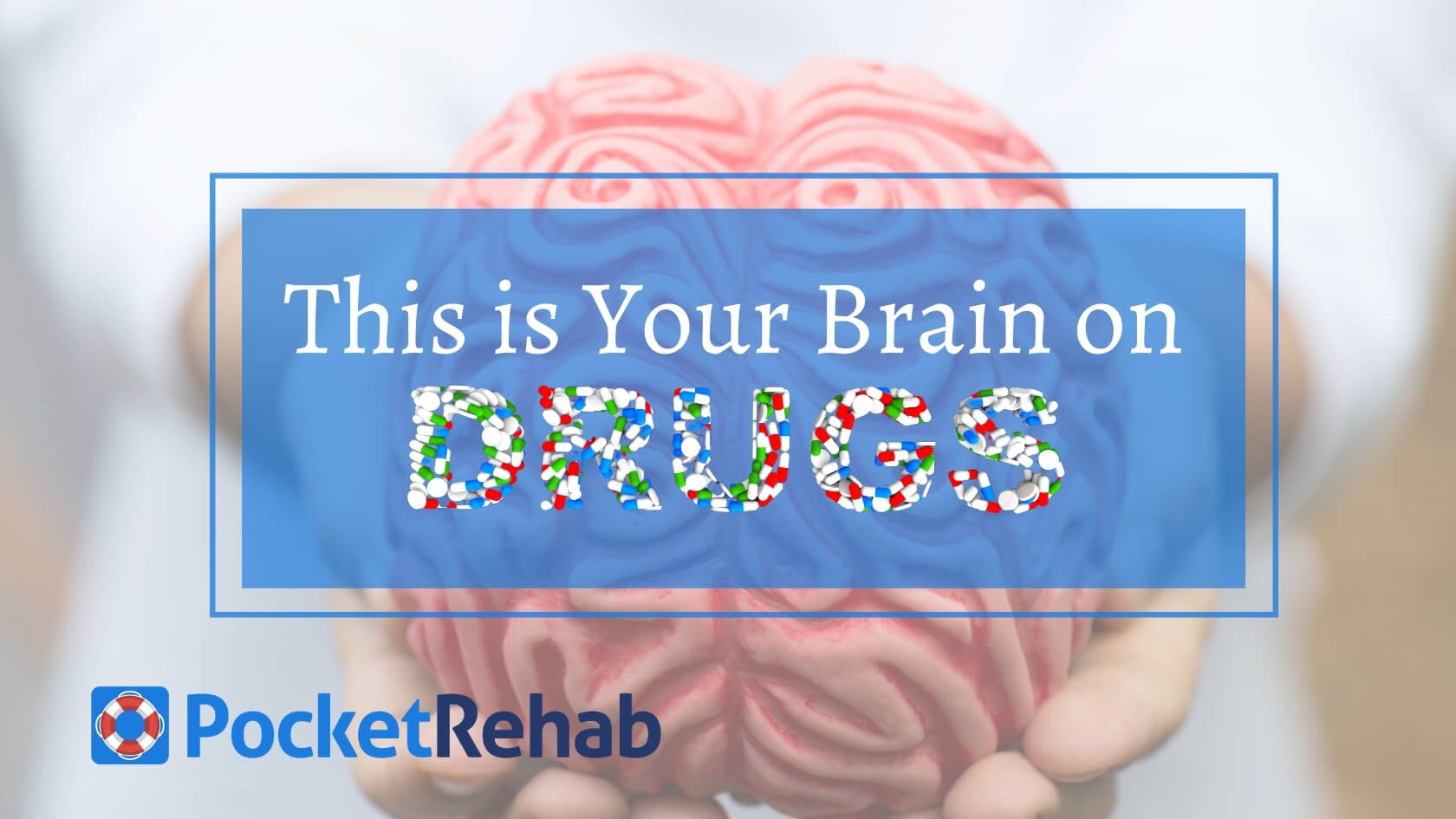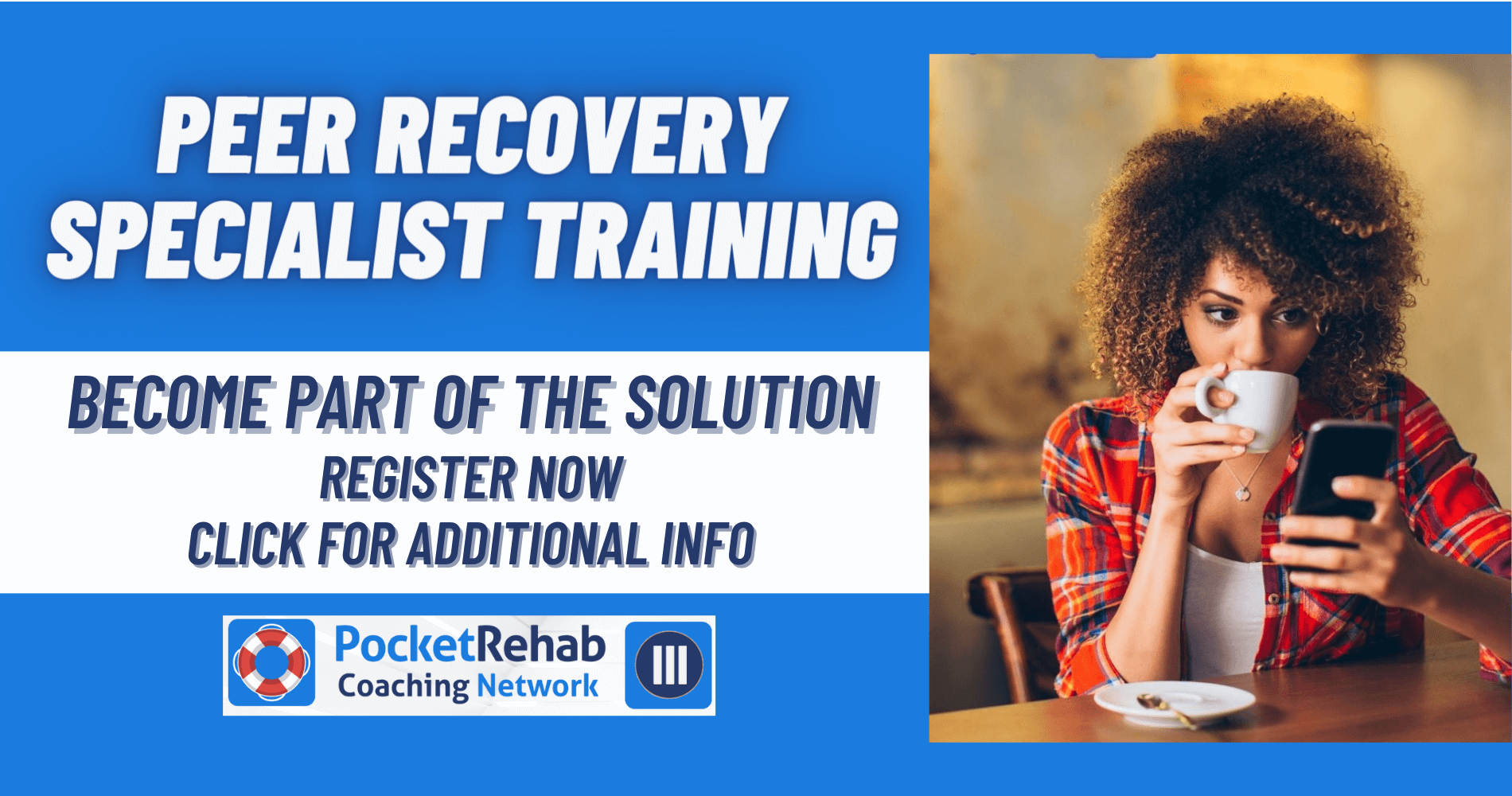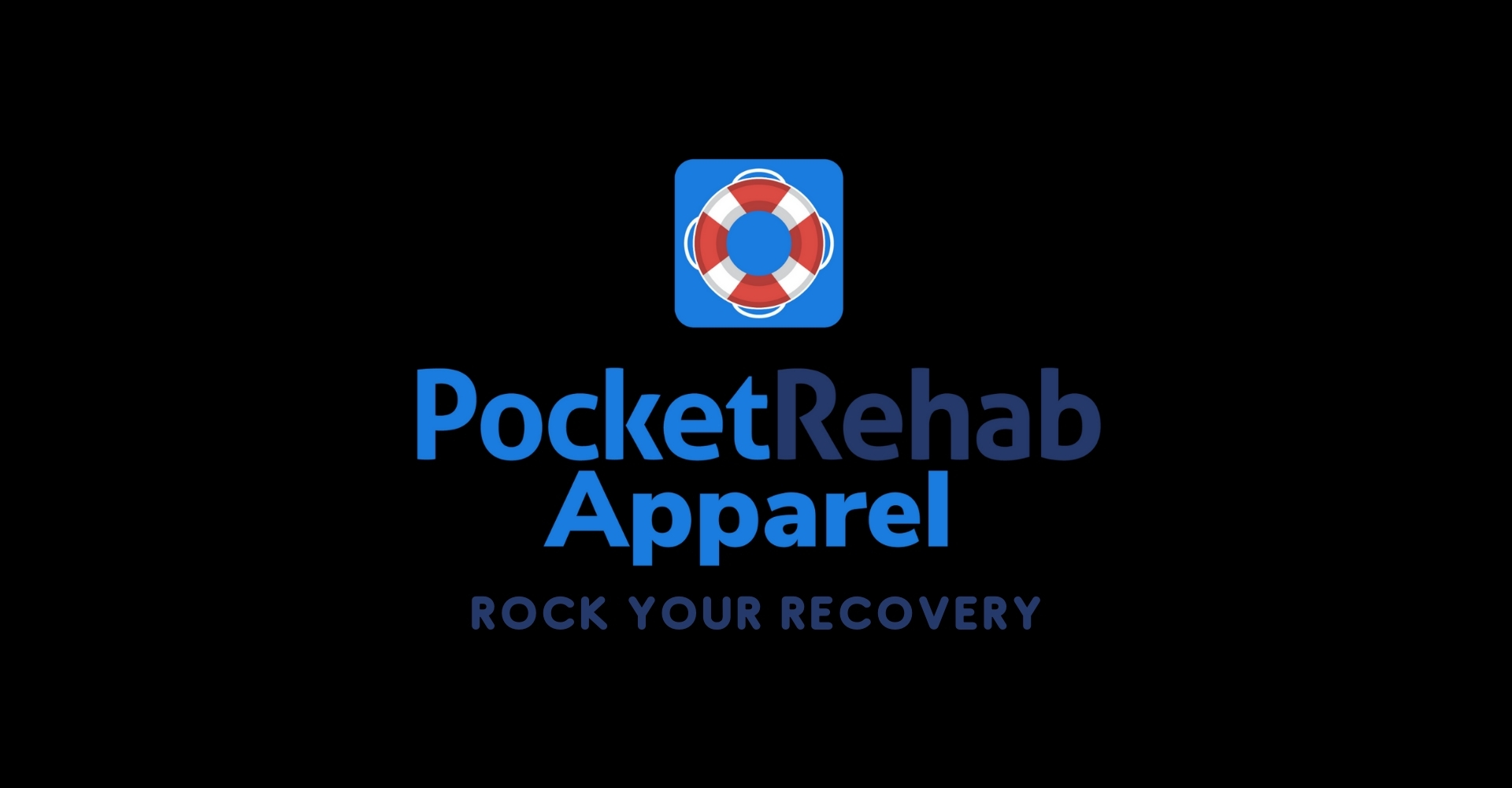The Brain and Addiction

Addiction, also called substance use disorder, is a complex condition characterized by uncontrollable substance use, despite negative consequences on one’s personal and professional lives [1]. However, some people may think that quitting addiction is easy and simply about personal will and motivation. It turns out that addiction is actually a brain disease. Indeed, chronic substance use causes different changes in the brain, which will be responsible for a change in personality, impaired thinking, and loss of control. People can develop addictions to many substances, including tobacco, alcohol, opioids, cocaine, methamphetamines, marijuana, some anxiety medications, PCP, LSD and other hallucinogens, paint thinners, and even glue. Aside from substances, people can also develop addictions to behaviors, such as gambling or sex.
THE 3 STAGES OF ADDICTION:
The currently accepted model of addiction is the 3 stages model. In this approach, addiction is described as a cycle with 3 stages, each with its own unique set of symptoms and behaviors. But thanks to the advance in neuroscience and functional brain imaging, it turns out that each of these stages is also defined by unique changes in the brain [2].
- Intoxication: In this first stage of addiction, substance use creates a high production of the neurotransmitter dopamine, which produces feelings of pleasure and euphoria. The brain structure affected in the first stage is the brain’s reward system, comprised of different brain structures such as the Nucleus Accumbens. With time and repetition, the brain also learns to associate drug use with the surge in dopamine or pleasurable feelings, which can cause the individual to abuse the substance repeatedly.
- Withdrawal: From a physiological point of view, symptoms of withdrawal will differ based on the substances used, but from a neuroscientific approach, the second stage of addiction is marked by a decrease in the concentration of the neurotransmitter dopamine, which can turn the feeling of euphoria primarily caused by substance abuse into dysphoria. With the repetitive use of the substance, more quantities are needed to achieve the same effects as before. This phenomenon is known as substance tolerance, which is the first step toward biological dependence and addiction [3]. If the first stage of addiction is associated with the reward system, neuroscientists have associated the second stage of addiction with the anti-reward system. In this model, the brain can limit reward-seeking behavior by decreasing the function of the structures related to the search for pleasure and reward. In this stage, the brain may become more reactive to stress and other negative stimuli [4].
- Anticipation: In this stage, addicted individuals will seek out drugs in any way they can, which can cause them to feel a sense of loss of control. The third stage of addiction is associated with a disruption of the neurotransmitters dopamine and glutamate, which can impair the functioning of brain structures such as the pre-frontal cortex, which is responsible for decision-making, control, and impulsivity.
During this stage, the addicted individual also feels an intense desire to use the substance, implicating the activation of brain structures related to desire, such as the ventral tegmental area. The third stage may be the last one in the brain disease model, but unfortunately for the addicted individual, it’s only the beginning of a new cycle of addiction.
PREDISPOSITION AND VULNERABILITY TO ADDICTION:
The field of addiction has always been haunted with the question: “Why do some individuals become addicted to substances while others don’t?” Scientists have long hypothesized the existence of factors causing vulnerability to addiction, and the advancements in neuroscience seem to confirm the hypothesis. While we still don’t understand everything about the predisposition to addiction, some factors have been identified as possible risk factors for developing an addiction:
- Adverse childhood experiences: It turns out that having a difficult childhood is a risk factor for drug abuse. Adverse childhood experiences include physical and emotional abuse experienced during childhood, neglect, caregiver imprisonment or mental illness, as well as household violence. Adverse childhood experiences not only impact the individual’s mental health, creating various psychological traumas and disorders, but it also changes brain structure, making them more at risk of suffering from addiction and a variety of other problems. A study found that adverse childhood experiences seem to cause 50% to 66% of serious problems with substance abuse in adulthood [5].
- Genetic predisposition: With the advent of functional brain imaging, studies have been able to identify a possible protective factor against addiction and substance abuse. Receptors named dopamine D2 were found in high concentrations in individuals who haven’t become addicted to substances despite using them, while they were found in low concentrations in individuals with addiction problems. Researchers concluded that dopamine D2 receptors might be a protective factor against addiction [6].
- Environmental factors: This same study was able to identify environmental factors that could decrease the concentration of these receptors, thus making an individual more at risk of suffering from addiction problems. These environmental factors included stress [7] and social hierarchy [8]. More research is, of course, still needed to completely understand the factors behind the predisposition to addiction. Still, these findings already give an idea about the unique way in which genetic and environmental factors could interact, creating a vulnerability to addiction and substance abuse.
THE BRAIN DISEASE MODEL OF ADDICTION - IMPLICATIONS FOR RECOVERY:
The current advancements in neuroscience have allowed us to understand more about addiction, but how can this knowledge be used to improve our current management of recovery? Many advances are expected to still be made in the field of addiction. Still, just based on these findings, we can come up with many instructions and advice to either prevent addiction when possible or be more able to manage it:
1) Preventive methods:
Since adverse childhood experiences seem to account for such a high number of addiction cases, it’s only logical to encourage the improvement of childhood experiences. By allowing children to live a happier and healthier childhood, we may be preventing them from abusing drugs in the future. This can only be done with the contribution of different professionals, like school teachers, social workers, and pediatricians. Working to improve social disparities can also help prevent addictive behaviors. We may improve these social predisposing factors by providing more jobs, making neighborhoods more secure, and actively fighting against corruption. Stress management is also a necessity. Organizing stress awareness campaigns and actively teaching individuals how to manage stress could also help prevent addiction.
2) When prevention fails:
Prevention is indeed the best medicine, but it’s not always possible. Medicine has known a great improvement in addiction management, now recognizing addiction as a behavioral and biological disease.
The current findings in the scientific literature about addiction can help us suggest the following treatments for addiction [6]:
- Making drugs less pleasurable with the help of pharmacological interventions.
- Cognitive therapy to strengthen the prefrontal cortex for more control.
- Behavioral interventions to manage the learned behavior aspect of addiction.
More treatment plans can definitely be suggested, and even more, they will see the light as this field progresses. But one thing is certain, and that’s the necessity of both pharmacological and behavioral interventions for the most optimal recovery results.
References:
- https://www.psychiatry.org/patients-families/addiction/what-is-addiction
- https://www.ncbi.nlm.nih.gov/books/NBK424849/
- https://pubmed.ncbi.nlm.nih.gov/15246785/
- https://pubmed.ncbi.nlm.nih.gov/18154498/
- https://pubmed.ncbi.nlm.nih.gov/12612237/
- https://www.ncbi.nlm.nih.gov/pmc/articles/PMC155054/
- https://pubmed.ncbi.nlm.nih.gov/7871087/
- https://pubmed.ncbi.nlm.nih.gov/11802171/
Tags: Brain, Addiction, Trauma, Disease, Model, Recovery, Predisposition, Vulnerable





